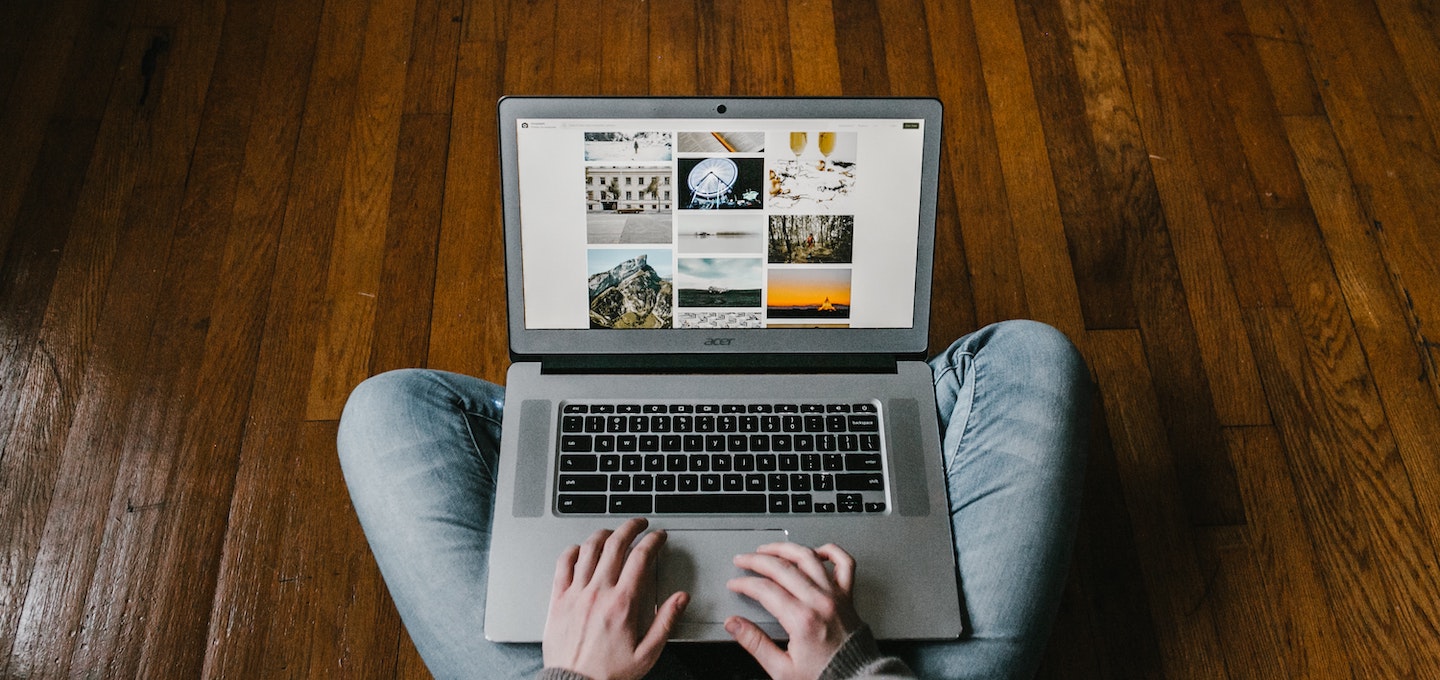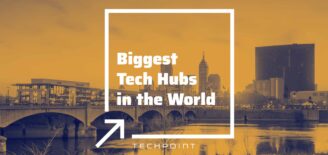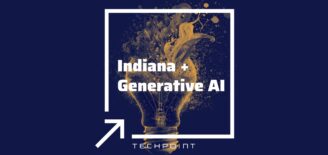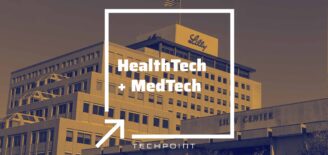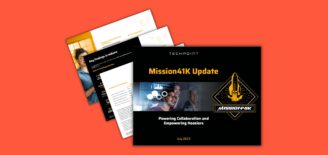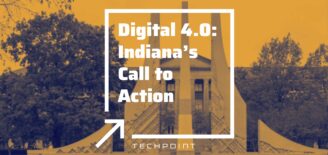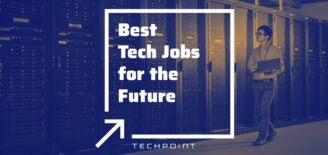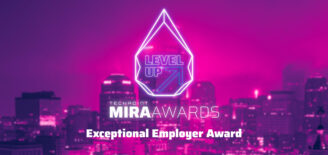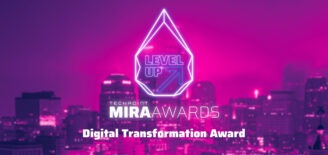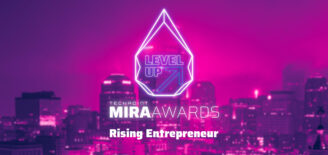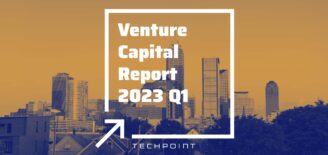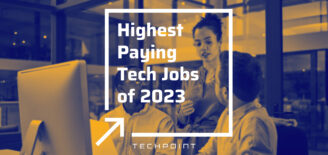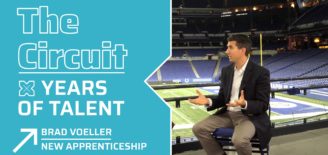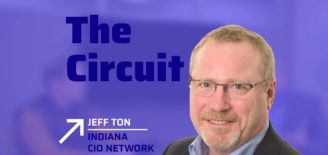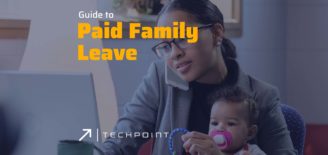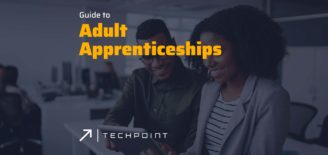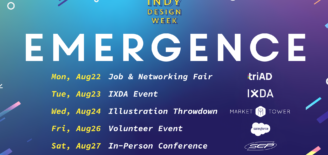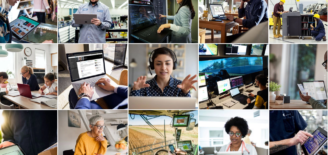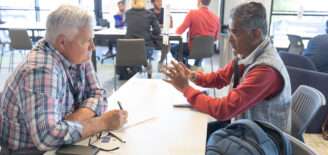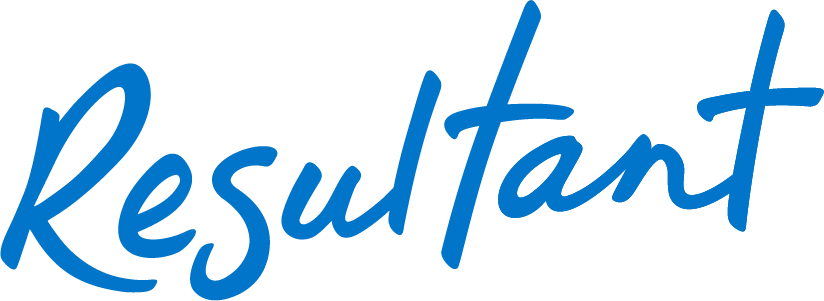Reimagining work at KSM Consulting for the COVID-19 era and beyond
Pre-pandemic, KSM Consulting was a company of 195 people across two Indianapolis locations. Today, we are a multi-state company with more than 260 employees. As a growing organization that thrives on finding and implementing innovative solutions for clients, our work style is highly collaborative. Our people always enjoyed the sense of community that comes from being in close physical proximity to one another. However, as COVID-19 began making its way across state lines, we realized that we needed to quickly rethink our entire employee experience while still delivering great work for our clients. Through intentional communication and change management, we were able to not only transition our employees to remote work overnight, but coach our clients through their own transitions as well.
Culture and experience matter more now
As employees adjusted to working from home, maintaining a strong sense of culture was one of our top priorities. We intentionally looked for ways to engage and delight employees despite the challenge of not being able to be in the same place. Knowing that people were experiencing new expenses in setting up offices, we gave every employee a stipend so they could buy what they needed to improve their own work-from-home experience. We surprised everyone with a box of snacks to enjoy after our quarterly all-team meeting, and hosted a virtual cocktail hour and watch party for the virtual 2020 Mira Awards gala.
Before COVID-19, Mark Caswell, our CEO, would send a weekly “Friday Update” email to the entire company. When KSMC transitioned to working remotely, we transformed this update into a virtual “Friday Fireside Chat,” where people could not only watch live, but interact with one another and the content in a new way. The change in format probably wouldn’t have happened if it weren’t for the pandemic, but because it has created such a strong sense of community and engagement, I don’t think we’ll ever get rid of it.
In the months that have followed our transition to remote work, we onboarded 81 additional newly hired people, including employees from the acquisition of a company based out of Columbus, Ohio, and Lansing, Mich. Onboarding and integrating new employees into our organization remotely provided us an opportunity to innovate on old processes. With “empathy” as one of our core values, we took an empathetic approach to “virtualizing” our onboarding process. We put ourselves in the shoes of those new employees, asking ourselves questions like, “What is it going to be like as a new employee starting with a new organization, having never set foot in our office?” and “How would I feel if my organization had just been acquired, and what would my fears be?” We’ve been intentional about not getting rid of the things that we normally do in person—like having lunch with the CEO after a new employee’s first 90 days—but have made adjustments as well, like breaking down the educational elements of onboarding into bite-sized chunks over several days instead of one all-day meeting.
Focused on redesigning instead of just returning
The question of what comes next is complex, because we employ a number of parents with school-aged children at KSMC who have a variety of different childcare and e-learning situations during this time of uncertainty. So we’ve started focusing less on “returning to work” and more on “redesigning of the way we work.” We’re now in a season of reevaluating how we need our physical space to serve us moving forward.
What seems most important to our employees is making sure that our space provides the flexibility and meeting spaces that people need, with less dedication to individual workspaces. If the pandemic has taught us anything, it’s that people aren’t just going to come to the office to work alone on their computers. They can do that in other ways and in different places. It’s the ability to collaborate safely that will get people back into the office.
As leaders begin reimagining what it looks like to work at their organizations in the future, I’d encourage them to do three things.
- Involve employees in the process. It’s important to ask people what they need and how they work best before making a decision. The “start, stop, keep” line of questioning is a really healthy way to get feedback on what employees would change and what they’d prefer to stay the same.
- Gather data. Along with qualitative employee feedback, consider gathering some quantitative data on how employees use office space. We’ve engaged DORIS Research for all of our physical office decisions, and their process has helped us understand how to create workspaces that meet our people’s needs.
- View it as an opportunity to build something new. For us, stepping back and gaining some perspective has helped us see the pandemic as an opportunity to build the kind of company we want for the future. Organizations have a once-in-a-lifetime opportunity to take agency and control over their future, instead of going back to a traditional office because that’s what everybody else is doing, or because that’s what they’ve done in the past.
Whatever your ultimate office restart decision may be, I highly recommend that you take steps to ensure that it is guided by empathy—for your people, clients, and community.

